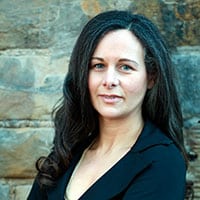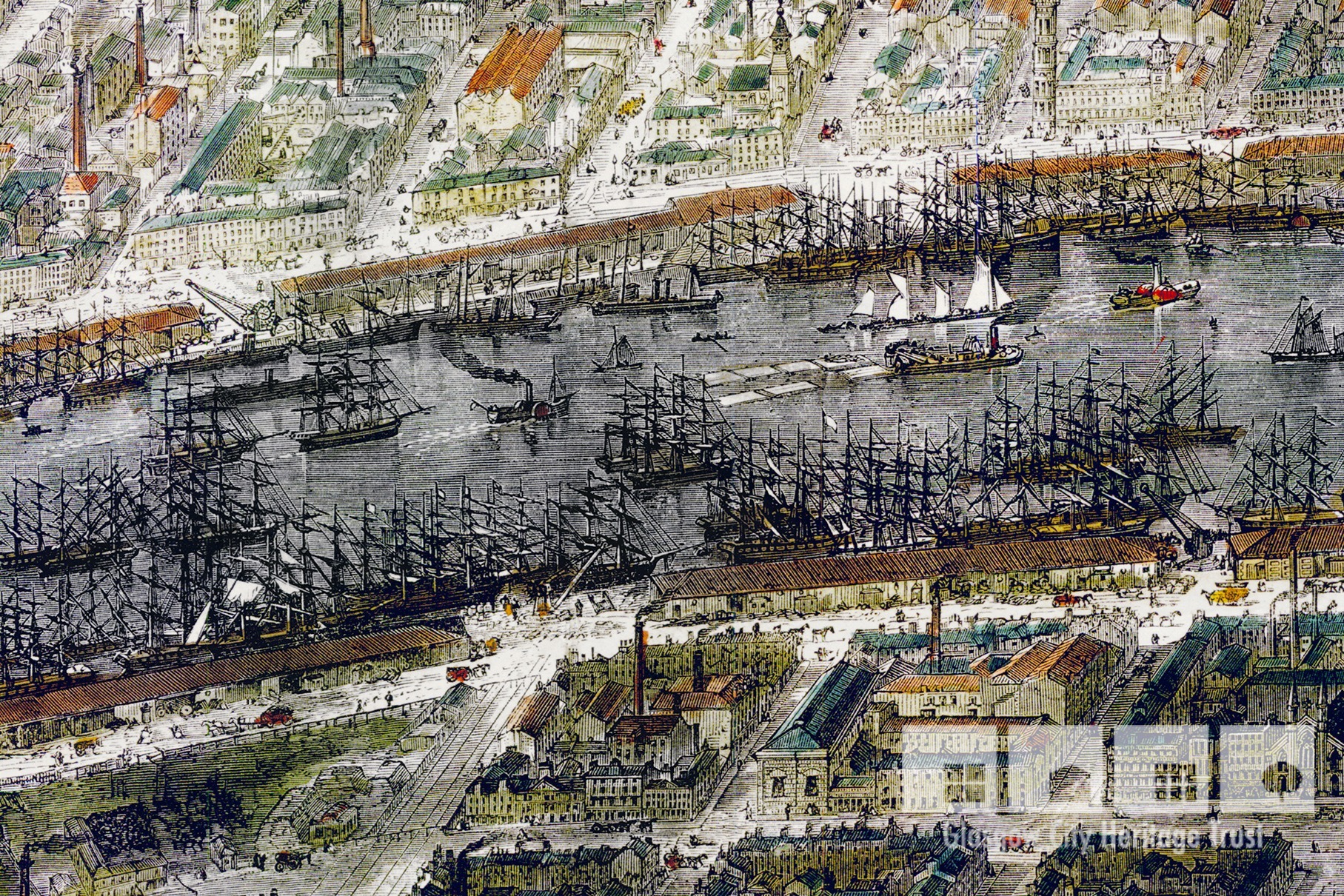By Sara Sheridan
Glasgow is great at claiming people as its own – so I’ve chosen women who contributed to the life of the city, who lived there but weren’t necessarily born there. That’s Glasgow.
1 Agnes Dollan (1887–1966), became Lady Dollan in 1946. She was an activist and speaker for the Women’s Social and Political Union, the Women’s Labour League and the Independent Labour Party and was jailed for a short time in 1917 for protesting the council’s rent rises. Lady Dollan also helped to organise the infamous Glasgow rent strike alongside Mary Barbour and Helen Crawfurd. The first female Labour candidate to stand for election to Glasgow City Council, she remained in office for a decade.
2 Catherine Carswell (1847–1946) was fired from the Glasgow Herald for an unsanctioned review of DH Lawrence’s The Rainbow (which had been banned under the Obscene Publications Act.) Carswell corresponded with Lawrence who mentored her when she was writing her autobiographical novel, Open The Door!, which won the Melrose Prize. She also received death threats for writing the first warts & all biography of Burns, refusing to gloss over Burns’s sexual misdemeanours and his heavy drinking. Carswell was also a victim of marital domestic abuse and her marriage was annulled on grounds of her husband’s insanity in a groundbreaking legal case.
3 Glaswegian Surgeon, Katherine MacPhail (1887–1974) ran hospitals in Serbia during the First World War after being refused permission to serve on the Western Front by the War Office. She contracted typhus and nearly died but stayed on to found the country’s first children’s hospital and as a result she was interned during the Second World War and repatriated. In 1945 she returned to Belgrade with the first relief units to go into the country.
4 Dot Allan (1886–1964) was a successful Glasgow writer during the 1920s and 30s. Her work was misidentified by the Times Literary Supplement as being by a man because she didn’t write about domestic situations, focussing instead on politics, class and gender issues. She wrote ten novels set in Glasgow and also worked as a freelance arts journalist, interviewing internationally famous actress Sarah Bernhardt when she played the Pavilion Theatre.
5 Agnes Hardie (1874–1951) was a stalwart of Scottish Labour. Hardie was a talented platform speaker. She was the first female member of the Glasgow Trades Council and sat on the Glasgow School Board as well as being Women’s Organiser of the Labour Party for five years at the end of the First World War. In 1937 she became an MP. A pacifist, she opposed conscription during the Second World War and was nicknamed the ‘housewife’s MP’ because she frequently spoke out at Westminster about food shortages and rationing.
6 Born in Helensburgh, portrait artist and Glasgow Girl Norah Neilson Grey (1882–1931) served as a nurse during the First World War in the Scottish Women’s Hospitals and sketched what was going on around her in her spare time. There were hardly any war correspondents during the first war so women who wrote and drew what was happening are now important historical resources. She sat on the hanging committee of the Royal Glasgow Institute of Fine Arts after the war and her work won a silver medal at the Paris Salon in 1923, where she often exhibited. Today her paintings are in several national collections.
7 Marie Loftus (1857–1940) became one of Britain’s best-paid music hall performers, earning £100 a week in the 1890s. She toured the USA and South Africa. She worked with her daughter Cissie (1876 – 1943) who was a mimic, actress and music hall performer. It was said that ‘Glasgow never had a greater favourite.’
8 Born in Paisley, Jessie Newbery (1864 – 1948) was a Glasgow Girl who taught embroidery at the Glasgow School of Art, pioneering the first needlework classes at the school in 1894. She frequently used the suffragette colours in her work – a mark of her support of the cause. She also helped to make suffragette banners for marches. Her work also included the stylised rose motif which became one of the symbols of the Glasgow style. Newbery painted as well as stitching and supported women throughout her life, often providing exhibition and studio space for other female artists.
9 Catherine Taylor (1868–1930) was a Gorbals cinema cashier who is said to have firebombed Ayr Racecourse in 1913 in support of the campaign for women’s suffrage. Her involvement was kept secret by her family until after her death.
10 Eunice Murray (1878–1960) was a writer, campaigner and Scottish President of the Women’s Freedom League (which operated offices and a tearoom on Sauchiehall Street). In 1913 a letter printed in the Glasgow Herald declared that if more people could hear Eunice speak, the ‘vote would be won without delay’. During the First World War she worked in a munitions factory and was involved in what she mysteriously termed ‘confidential business’. After women got the vote in 1918, Murray was the first Scottish woman to stand for Parliament that year (in Bridgeton), though she did not win the seat. Passionate about women’s history, she wrote Scottish Women of Bygone Days and headed a campaign for the creation of a Scottish folk museum, which came into being in the 1930s.
11 Jessie Russell (1850–1881) was a poet and dressmaker whose feminist work ‘Woman’s Rights vs Woman’s Wrongs’ was published in the Glasgow Weekly.
12 Helen Macfarlane (1818–1860) from Barrhead wrote the first English translation of the Communist Manifesto. The daughter of a wealthy mill owner, Macfarlane’s story is memorialised in the play Rare Birds by Penny Cole.

Writer and activist Sara Sheridan writes about women’s history in both fiction and non-fiction. Her 2019 book Where are the Women? remaps Scotland as if women’s achievements were memorialised in our built and rural landscape in the same way as men’s are. This alternative guidebook was chosen by the David Hume Institute for the First Minister’s Summer Reading List. She is currently writing a novel set in 1846 in Glasgow.
WANT TO KNOW MORE?
- Book a ticket for our evening talk ‘Where are the women?’ with Sara Sheridan, Wednesday 9th February at 7.30pm.
- Check out our Gallus Glasgow map and explore more stories of the Victorian city. Once there, why not add a few stories of your own?
- Prints of the map are available to buy in our online shop
You might also be interested in…








